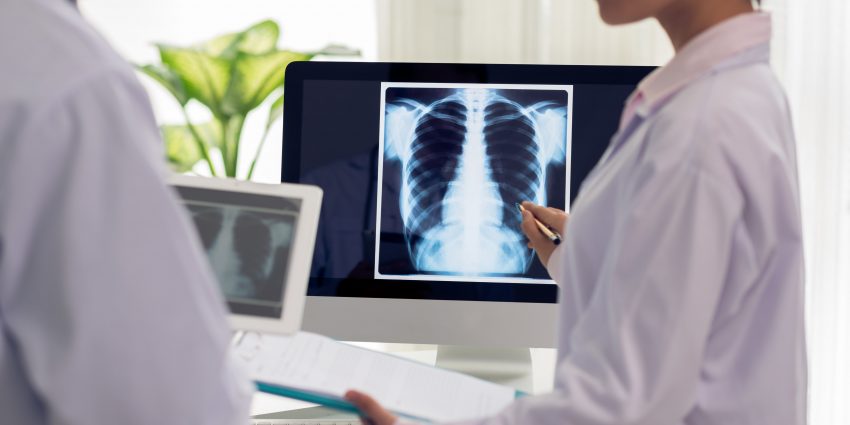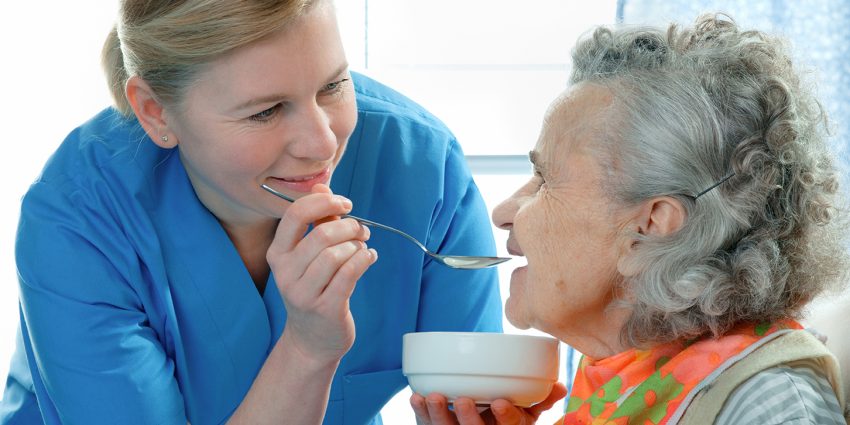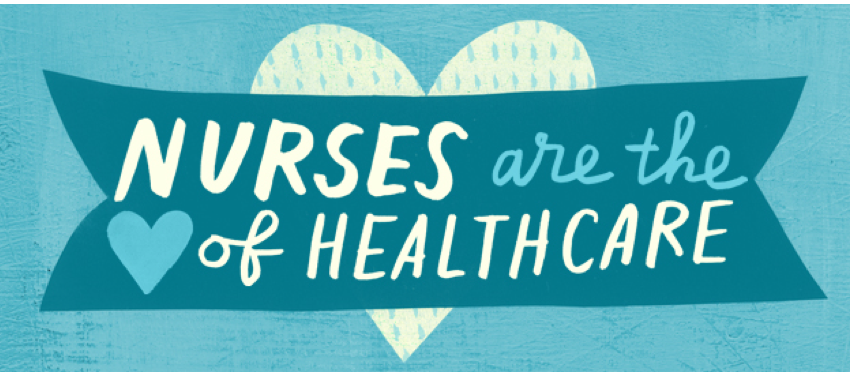Post Views: 3,004
ViewsHow to Advise Patients on Radon Exposure
As most people are already aware, smoking is known to be the leading cause of lung cancer worldwide. But, many people fail to understand that it is not the only cause. Yes, there can be other causes too. Among them, radon exposure is the second leading cause among smokers and the number one cause among non-smokers.
According to reports from the World Health Organization, radon exposure is the reason for up to fourteen percent of deaths due to lung cancer globally. In the U.S., it is found to be responsible for around 21,000 deaths due to lung cancer every year. This higher mortality rate resulting due to radon exposure makes it important to advise patients on radon exposure. So, how should you do it?
How do people get exposed to radon?
An individual will be said to be exposed to radon when he/she breathes it in. As such, the risk of contracting radon-induced lung cancer is higher among smokers. Other than smoking, people could get exposed to radon at their jobs, schools, or other buildings. In general, people spend most of their time at their homes and therefore, it can be said that here is where they are getting a majority of their radon exposure.
Radon, which is a radioactive gas that occurs naturally, can come up through the ground and into the homes via cracks. Once it comes through the cracks, it would get trapped there and starts to build up. There are also possibilities for the colorless, odorless, and tasteless gas to get into the homes through well-water. In some rare situations, the construction materials can be found to release this gas into the buildings.
In general, it can be said that radon exposure can occur anywhere and in any kind of home. But, there are more chances for it to get accumulated in their homes that have good insulation and tight sealing. Also, the probabilities of exposure are high in the houses that are located in the regions where soil has large amounts of uranium, thorium, and radium.
It has been estimated that 1 in every 15 homes have higher levels of radon with the highest concentration being found in the basement or the first floors of the building.
How to reduce the risk of radon toxicity?
The radon, which can get inside the body, will decay into radioactive particles. These particles can get trapped in the lungs when an individual breathes it in. As mentioned earlier, radon does not have any smel, which makes it harder to detect. Therefore, the only possible way to prevent radon toxicity is to reduce the risk of exposure. Fortunately, people can reduce the risk of exposure by testing their homes for radon.
Yes, it’s true that there are higher levels of radon in some parts of the United States, however, in general, it is known to be present all over the country. Therefore, healthcare providers should advise their patients to evaluate their exposure to radon by measuring the radon levels in their homes and the buildings that are occupied by them. This can be done by patients themselves by using the radon detection kits that are available in hardware stores. Alternatively, one can also perform the radon testing by hiring the services of the radon detection and remediation companies. As such, the EPA recommended exposure level for home repair is 4 picoCuries/liter.
What are the preventive messages to be given to patients?
The healthcare professionals should assist their patients in understanding the preventive strategies to recognize, as well as abate the increased radon exposure. Each and every healthcare professional should consider it as their responsibility to make patients understand that the chronic exposure to this gas and its progeny could lead to lung cancer. Then, the professional should also advise patients to get their homes tested for radon as mentioned above. Also, the patients should be recommended to take abatement and/or remediation actions in their houses to lower their exposure to this deadly gas. As such, the healthcare professionals should consider providing authoritative EPA and other public health radon gas remediation resources to help take the required steps in lowering their radon exposure.
As such, the healthcare providers should take their time to discuss with their patient about the exposure risks and a full exposure pathway. Subsequently, the patients should be counseled about the risk factors (like smoking) that could increase their risk of contracting lung cancer due to radon exposure. Finally, the patients should be informed about when to come back for the next medical testing.
Overall, the preventive messages to be given to the patients include the guidance on radon testing and the risks associated with the combined exposures to radon and smoking. It should also include the best nutritional practice that would support the prevention of lung cancer.
Thus, the supply of take-home information to the patients will increase the awareness among them, thereby, leading to the decline of lung cancer incidence in the country.
One comment on “How to Advise Patients on Radon Exposure”
Leave a Reply
How to Advise Patients on Radon Exposure
By nurseadvisorofficial
As most people are already aware, smoking is known to be the leading cause of lung cancer worldwide. But, many people fail to understand that it is not the only cause.














BE CAREFUL of crypto platforms promising huge returns. They lure people into fake programs. I lost 198,450 USD last year. While researching on how to recover my funds, I came across several recommendations on the Bitcoin Abuse Forum about HACKERSTEVE. I contacted him via his email on hackersteve911@gmail.com | https//hackersteve.great-site.net/, and he helped me recover all my funds. If you’ve also been a victim of financial scams, don’t hesitate to get in touch with him.